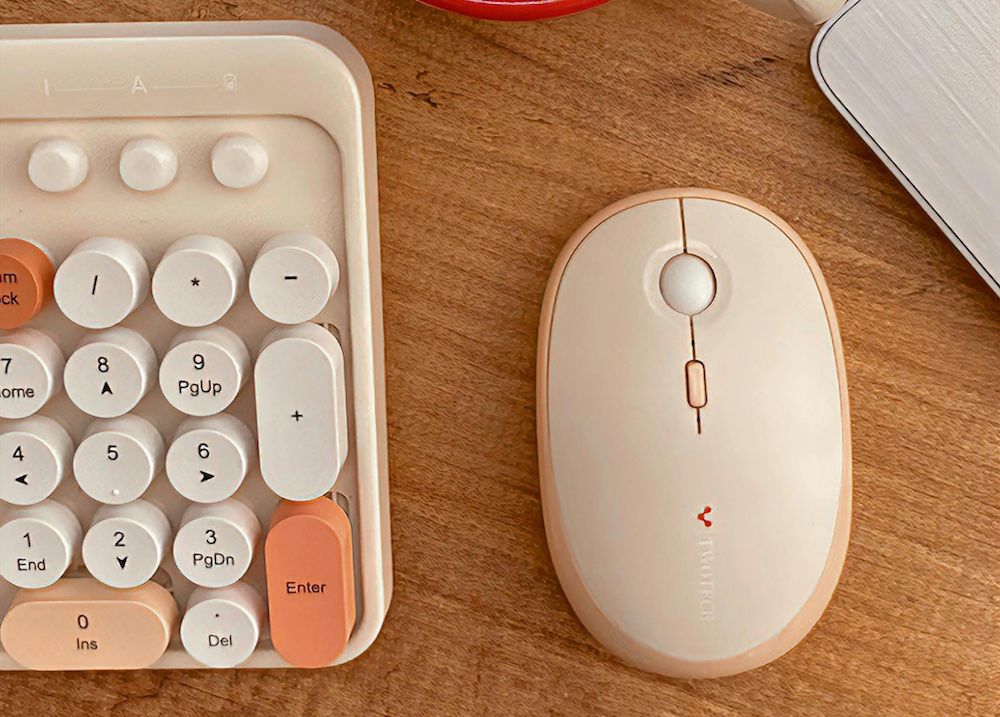Mouse hand, also known as carpal tunnel syndrome, has become a common occupational hazard in the modern digital age. It arises from prolonged use of a mouse or keyboard, causing discomfort and functional issues in the hand and wrist. The condition is primarily caused by compression or irritation of the median nerve in the wrist, leading to abnormal sensations, pain, and weakness in the hand. With the increasing prevalence of computers and electronic devices, the incidence of mouse hand has steadily risen, posing a significant health concern for office workers and students alike.

The hallmark symptoms of mouse hand include numbness in the wrist, palm, and fingers, especially in the thumb, index, and middle fingers. Patients often experience tingling or burning sensations, which tend to worsen at night or after extended use of a mouse. Hand weakness is another common issue, making it difficult to grip objects firmly or perform delicate tasks. In severe cases, the discomfort may radiate up the forearm, disrupting daily life and work productivity.

The primary cause of mouse hand lies in poor wrist posture or repetitive strain during mouse use. When operating a mouse, the wrist is often left unsupported or positioned at an unnatural angle, putting continuous pressure on the nerves and tendons. Additionally, an improperly set up workspace, such as mismatched desk and chair heights or poorly positioned screens, exacerbates the problem.
The best way to prevent mouse hand is by maintaining proper working posture and using ergonomically designed equipment. When working, ensure that your mouse and keyboard are level with your elbows to avoid wrist suspension or excessive bending. Regular breaks are also crucial; take a pause every 30 to 60 minutes to stretch your fingers and wrists to alleviate fatigue. Utilizing ergonomic devices like specialized mice, keyboards, or wrist support pads can reduce wrist strain and lower the risk of developing mouse hand.

For individuals already experiencing symptoms, proactive intervention is essential. Start by taking breaks and adjusting your work habits, such as reducing the frequency of mouse use and adopting better postures. Hot or cold compresses can help alleviate inflammation and pain. Wearing a wrist brace may stabilize the wrist and prevent further damage. If symptoms persist or worsen, consult a doctor for evaluation. Treatment options may include physical therapy, medication, or, in extreme cases, surgical procedures like carpal tunnel release.

Although mouse hand may seem like a minor ailment, neglecting its symptoms and treatment can lead to long-term consequences that significantly impact quality of life. Therefore, cultivating healthy habits, paying attention to wrist comfort, and making timely adjustments are essential to avoiding this modern-day affliction. For anyone who frequently uses a computer, preventing mouse hand is not just about protecting physical health but also about enhancing work efficiency and overall well-being.






